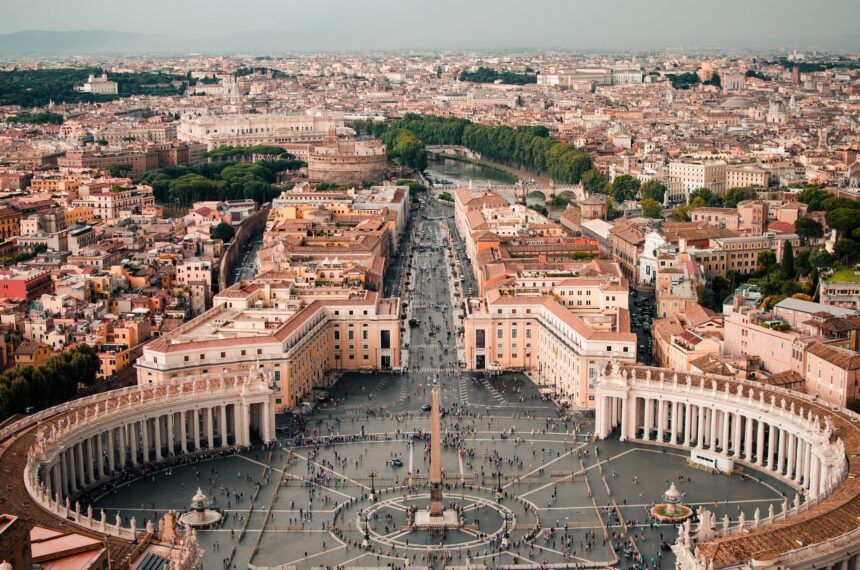The papal conclave has begun as the Catholic Church prepares to elect a new leader. With technology advancing since the last election in 2013, the Vatican is stepping up its efforts to protect the integrity of the vote. In a world where data breaches and leaks are common, the Vatican uses modern technology and ancient traditions to secure the election process. But how exactly does the Vatican ensure that the vote remains secret? TF explores the measures needed to secure the conclave and prevent unwanted interference.
What’s Happening & Why This Matters
The papal conclave is an important event in the Catholic Church, as 133 cardinals worldwide gather in the Sistine Chapel to elect the next pope. While the conclave is often associated with tradition, it is increasingly becoming a target for leaks and technological threats. This year’s conclave is under intense scrutiny, with security measures being taken to protect the voting process.

To prevent data leaks or external interference, the Vatican is employing anti-drone measures, electronic jammers, and oaths of secrecy to maintain the integrity of the process. During Pope Francis’s funeral, Italian authorities reported the use of anti-drone “bazookas” to neutralize any drones that attempted to breach the no-fly zone over Rome. No-fly zones have been in place for years, but this year, additional security measures are expected to ensure that no drones can be used to breach the conclave’s security.
While anti-drone technology is key, the Vatican also employs electronic jammers to disrupt signals and prevent unauthorized data transmission. This tech is being used with traditional methods, such as installing Faraday cages around the Sistine Chapel. These metal barriers block radio signals and prevent any electromagnetic radiation from leaking out, safeguarding the secrecy of the voting process.
Additionally, the Vatican has used oaths of secrecy for centuries. These oaths bind all participants to keep the proceedings confidential. Cardinals, officials, and other attendees must swear to maintain scrupulous secrecy, with severe consequences for those who violate the agreement. For instance, anyone who leaks information from the conclave faces immediate excommunication by the Apostolic See.

However, even with these measures in place, history has shown that leaks can still occur. In 2005, a cardinal revealed the selection of Joseph Ratzinger as pope to German media before the announcement was made. Pope Francis himself broke confidentiality in a book published last year, where he disclosed details about the 2005 election, highlighting the ongoing struggle to maintain the secrecy of the conclave process.
TF Summary: What’s Next
As the papal conclave continues, it’s clear that the Vatican is doing its best to ensure the secrecy of the vote. While traditional methods such as oaths of secrecy and manual checks remain in place, the integration of advanced technologies such as anti-drone devices and electronic jammers reflects the evolving nature of security during the conclave. Moving forward, the Vatican’s focus on using high-tech solutions alongside traditional secrecy oaths shows its commitment to keeping the process as secure and confidential as possible.
Despite the robust measures, one can only hope that leaks don’t happen this time, as the church faces the pressures that ensure the integrity of the election.
— Text-to-Speech (TTS) provided by gspeech


